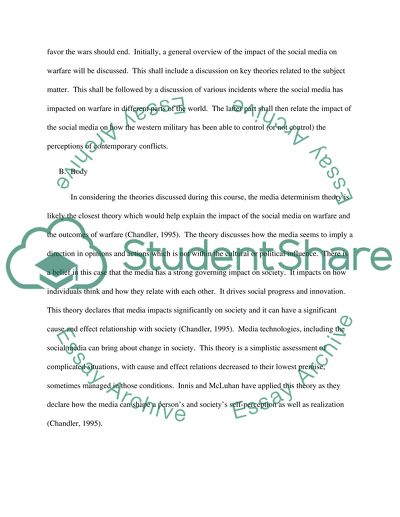Cite this document
(“Consider the mediatisation of warfare. Does the rise of social media Essay”, n.d.)
Consider the mediatisation of warfare. Does the rise of social media Essay. Retrieved from https://studentshare.org/journalism-communication/1489457-consider-the-mediatisation-of-warfare-does-the
Consider the mediatisation of warfare. Does the rise of social media Essay. Retrieved from https://studentshare.org/journalism-communication/1489457-consider-the-mediatisation-of-warfare-does-the
(Consider the Mediatisation of Warfare. Does the Rise of Social Media Essay)
Consider the Mediatisation of Warfare. Does the Rise of Social Media Essay. https://studentshare.org/journalism-communication/1489457-consider-the-mediatisation-of-warfare-does-the.
Consider the Mediatisation of Warfare. Does the Rise of Social Media Essay. https://studentshare.org/journalism-communication/1489457-consider-the-mediatisation-of-warfare-does-the.
“Consider the Mediatisation of Warfare. Does the Rise of Social Media Essay”, n.d. https://studentshare.org/journalism-communication/1489457-consider-the-mediatisation-of-warfare-does-the.


